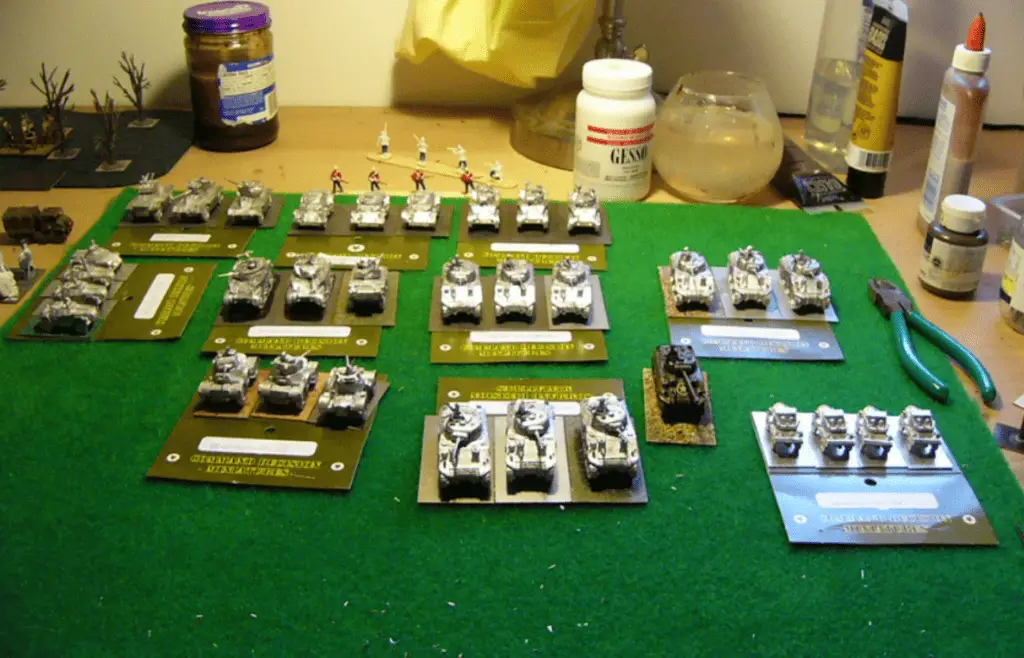Plastic is such a versatile material to use in all sorts of crafts and artistic projects, but that doesn’t mean it’s always easy to work with. Since plastic can be difficult to paint, one might wonder if gesso can be used to prime plastic.
Gesso can be a sufficient primer to use on plastic surfaces to make it much easier to paint and draw on. It will stick to plastic so long as it’s used properly and you pick the right type of gesso.
Gesso certainly has its pros and cons when it comes to how it works with plastic to make sure that both gesso and paint sticks to the surface and you can admire your finished work for years to come. Ultimately, preference and skill will be the determining factors for if you choose gesso for priming plastic in the future.
Understanding Gesso’s Role in Surface Preparation

When gesso dries, it turns a surface into something that is smooth with some tooth. This means that paints and any other type of artistic materials you might use will adhere to the surface really well and stay vibrant and saturated. It can make painting on top of certain surfaces much easier than it would be without a layer or two of gesso.
Before you begin priming your surface, you want to ensure it’s as clean as possible. This means you want to do a quick wipe to get any dust or debris off of the surface. Something as simple as oils from your fingertips can transfer grease onto your surface which can affect how gesso adheres.
Once your surface has been cleaned off, patience and time are the key to proper surface preparation. Gesso should be applied in a smooth and even layer over a surface. A wide brush used from left to right on your surface is best practice. With smaller or more complicated surfaces, you can use a sponge brush or small brush to dab gesso.
We always suggest using a premium gesso like Mont Marte. To check the current price and availability of this gesso, click here to view the listing on Amazon.
Understanding Plastic as a Painting Surface
Plastic is a pretty generic term for a bunch of different materials. Plastics can also be made of various substances. Ultimately, most plastics tend to be smooth with somewhat of a glossy texture, and a lot of wet products will simply roll off of plastic before they have a chance to dry.
Since plastic is so inexpensive and it comes in so many different forms, being able to transform something made of plastic into something unique and special is very accessible. Being able to use paint on plastic also gives you the opportunity to recycle and repurpose items instead of letting them end up in landfills.
Regardless of what kind of plastic you want to use, painting it isn’t going to be easy without using some kind of primer. However, not all primers will stick to plastic very well and may end up ruining your vision.
Can Gesso be Used on Plastic?

Gesso is an ideal choice for priming plastic, especially for painting. Spray gesso can be a good choice for priming pieces of plastic that may have fine details or small grooves. A spray formula will adequately coat the plastic to make painting easier without settling into those finer details and changing the structure of the plastic item.
Diluted gesso may not sit as well on plastic as you would want it to, especially if it’s not mixed well enough. On the other hand, thicker formulas of gesso aren’t ideal as it can settle and harden into grooves and details. A properly thinned out gesso formula or a spray would be able to adequately prepare plastic for paint.
While gesso takes a little bit of practice to understand thoroughly, it has proven to be an effective primer for painting numerous surfaces. Gesso can also be used on canvas, glass, wood, or stone. Gesso doesn’t just come in varied consistencies either; it can be found in white, clear, and even in different colors.
Advantages and Disadvantages of Using Gesso on Plastic
When gesso is applied to a surface and dries thoroughly, the surface will develop a little bit of grit that helps paint or ink sit nicer on the surface you’ve chosen to use. Trying to paint or color plastic is very difficult without some kind of primer because of how smooth and glossy it is. That gesso grit, often referred to as tooth, helps paint stay in its place.
Not all gesso works on all plastic, however. Gesso can pool into the crevices of plastic that isn’t flat. It can also take a lot of time for gesso to dry. It needs to be applied precisely in order to make sure it dries evenly across the piece of plastic.
How to Use Gesso on Plastic
How you use gesso on plastic will depend on the piece of plastic you’re hoping to prime. A lot of gesso will need to be diluted to a certain extent, but the key is to avoid adding too much water and being sure to mix the gesso and water thoroughly.
Gesso is best applied in one thin layer at first, giving it ample time to dry before deciding if a second coat is needed. Using a wide, flat gesso brush or a wide and flat sponge applicator is the easiest way to get plastic covered appropriately. Once all your coats are dried, your plastic will be much easier to paint.
Final Thoughts
Most types of gesso will stick to plastic to make it easier to transform with paints, inks, pencils or whatever else you like to use in your art. As long as gesso isn’t too thick or too watery, using it on plastic is simple and won’t cause non-flat plastic pieces to change in shape or design.
Once you make sure your plastic is clean, gesso can act as a primer that will also make sure paint stays where you intend it to. Because of gesso’s unique properties, it can work a lot better as a primer on plastic than many other materials that may not be as permanent.


